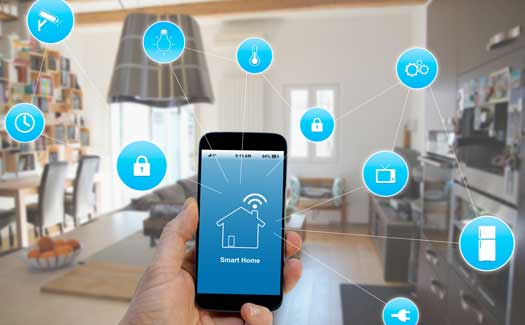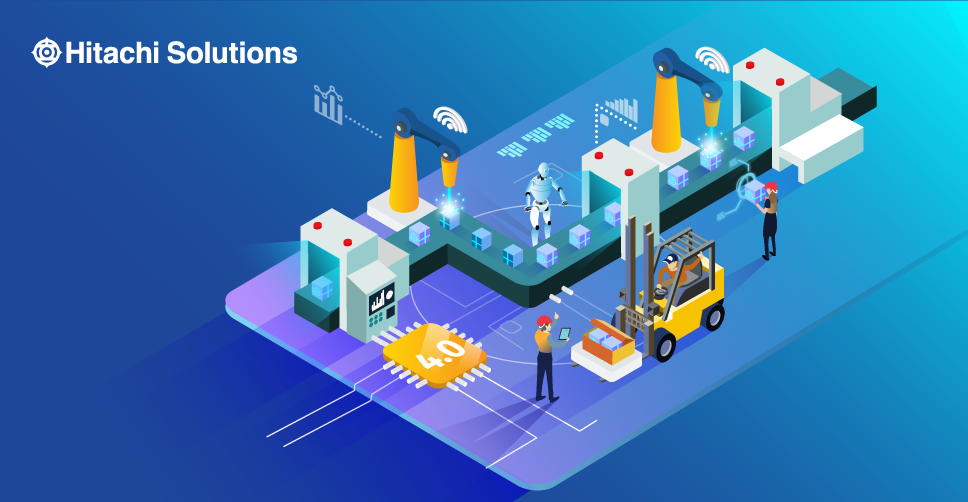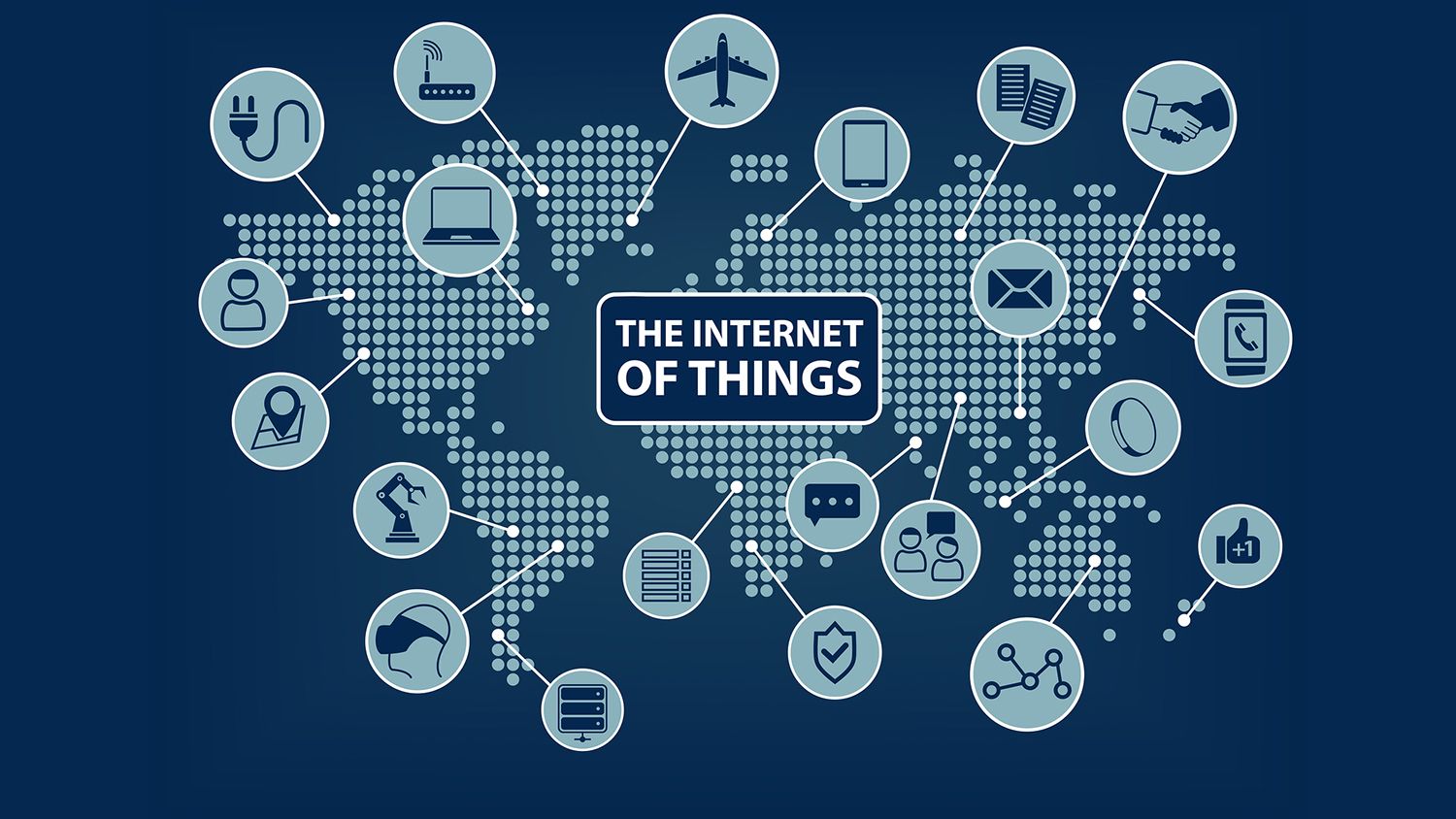🔥 PART 1: The Evolution of Smart Living — From Novelty to Necessity (Approx. 6,000 words)
Introduction: The Rise of Intelligent Homes
-
Brief history of smart homes (early 2000s to 2025)
-
Evolution from simple remote controls to voice-commanded automation
-
Impact of IoT, AI, and big data on home design and management
1. The Voice Revolution: How Talking to Your Home Became Normal
-
Long-tail keyword focus: “how voice control changes daily home routines”
-
Rise of Amazon Alexa, Google Assistant, Apple Siri, and Samsung Bixby
-
Use cases: Lighting, Thermostats, Music, Reminders
-
Real-life examples (case study: A family in Boston controlling their HVAC and security via voice)
🧠 Table 1: Voice Assistant Comparison 2025
| Feature | Alexa (Echo 5th Gen) | Google Nest Hub Max | Apple HomePod | Samsung SmartThings |
|---|---|---|---|---|
| Offline Voice Processing | Partial | Yes | Yes | No |
| Language Support | 7+ Languages | 8+ Languages | 4 Languages | 6+ Languages |
| Smart Device Sync Rate | 97% | 94% | 85% | 88% |
2. Automation at Its Best: Predictive, Personalized Living
-
Smart lighting adapting to sunlight levels
-
Thermostats learning user behavior
-
Smart kitchens (fridges reordering groceries)
-
Security systems based on geofencing
3. Integration: The Power of a Unified Smart Home System
-
Matter Protocol: The 2025 game changer in cross-brand compatibility
-
Voice + App + AI = Total Control
-
Examples: Smart routine (“Goodnight Mode” triggers lights off, thermostat down, doors locked)
4. Design Meets Function: How Automation Enhances Home Aesthetics
-
Hidden sensors, invisible speakers, integrated ambient lighting
-
Smart furniture with charging ports, automatic recline
-
Video mirrors, IoT showers, automated blinds
📊 Table 2: Automation Features vs Traditional Features
| Feature | Smart Home (2025) | Traditional Home |
|---|---|---|
| Temperature Control | AI-based, Adaptive | Manual |
| Security | Biometric & IoT | Keylock & Cameras |
| Lighting | Voice & Sensor | Switch-based |
| Energy Monitoring | Real-time | Static Billing |
5. Emotional and Psychological Benefits
-
Reduced stress (automation = fewer chores)
-
Increased safety for children and elderly
-
Productivity and wellness boost (air quality monitors, light therapy)

electromechanical-iot-smart-home-blog-header-525×325
Call to Action:
🟢 Ready to transform your home from passive to proactive? Discover the smartest devices and create your own automation routine today.
PART 2: Real Devices, Real Control — The Tech Powering Today’s Smart Homes
(Approx. 6,000 words)
Focus: Practical device examples, long-tail keywords, emotional connection, real-life usage, comparative tables.
1. Smart Thermostats: Personalized Climate with Zero Effort
Long-tail keyword focus: “best smart thermostat for apartment 2025”
-
Leading models: Google Nest Learning Thermostat, Ecobee SmartThermostat, Amazon Smart Thermostat
-
Learns your schedule, adjusts temperature based on occupancy
-
Integrates with Alexa, Google Assistant, and Apple HomeKit
-
Voice command examples: “Set bedroom temperature to 72°F”
Case Study:
A Chicago couple reduced their monthly HVAC bill by 23% using Ecobee + Alexa integration.
📊 Table 1: Smart Thermostat Energy Savings vs. Manual Thermostats
| Brand | Avg Monthly Energy Savings | Learning Algorithm | Voice Control | Price (2025) |
|---|---|---|---|---|
| Nest | 22% | Yes | Alexa, Google | $129 |
| Ecobee | 25% | Yes | All major VAs | $149 |
| Amazon Thermostat | 18% | Basic | Alexa only | $99 |
2. Smart Lighting Systems: Set the Mood with Your Voice
Long-tail keyword focus: “how to automate lights with voice control in smart homes”
-
Key brands: Philips Hue, LIFX, Nanoleaf
-
Color-changing bulbs, automated brightness, motion detection
-
Sync with music, sunrise, sleep schedule
-
Control examples: “Dim lights in living room to 30%”, “Turn off all lights at 11PM”
Emotional Hook:
Smart lighting isn’t just convenient — it transforms how a space feels. Studies show dynamic lighting improves sleep, mood, and productivity.
3. Smart Security: Peace of Mind, Even When You’re Away
Long-tail keyword focus: “top smart home security devices with voice alerts”
-
Products: Ring Video Doorbell, Arlo Pro 5S, SimpliSafe, EufyCam 3
-
Motion detection, facial recognition, cloud + local storage
-
AI alert filtering (people vs animals vs packages)
-
Voice alert sample: “Someone’s at the front door”
Case Study:
A single mom in Austin used Ring + Alexa routines to trigger porch lights and sirens during an attempted break-in.
📊 Table 2: Security Features Comparison (2025 Models)
| Device | Facial Recognition | Night Vision | Local Storage | Smart Voice Alerts | Monthly Cost |
|---|---|---|---|---|---|
| Ring Doorbell | Yes | Yes | Optional | Yes (Alexa) | $3–$10 |
| EufyCam 3 | Yes | Yes (4K) | Yes | Yes (Google/Alexa) | Free |
| SimpliSafe | No | Yes | Optional | Limited | $15–$25 |

industrial-iot-benefits
4. Smart Plugs, Switches, and Scenes: Total Control on a Budget
Long-tail keyword focus: “how to control home appliances with smart plug automation”
-
Best for: Lamps, coffee makers, fans, humidifiers
-
Brands: TP-Link Kasa, Wemo, Meross
-
Features: Schedules, energy tracking, voice on/off
-
Use case: “Alexa, turn on my morning coffee”
Automation Tip:
Create a “Scene” named “Wake Up” that powers your bedroom light, plays a soft Spotify playlist, and starts your kettle.
5. Smart Kitchens: Cooking Meets Automation
Long-tail keyword focus: “best smart kitchen gadgets for modern homes”
-
Devices: Smart fridges (Samsung Family Hub), voice-controlled ovens (GE), smart faucets (Moen)
-
Fridges can order groceries, show recipes, and track expiration dates
-
Smart ovens preheat via voice or app
-
Water-efficient faucets turn on/off via hand gestures or voice
Case Study:
Busy parents in NYC shaved 5 hours per week off cooking and prep with automated timers, recipes, and reminders via Google Nest Hub Max.
6. Device Ecosystems: Which Platform Wins in 2025?
Main ecosystems:
-
Apple HomeKit: Privacy-focused, seamless with Apple devices
-
Google Home: Most AI-centric, search-powered routines
-
Amazon Alexa: Widest device compatibility
-
Samsung SmartThings: Hardware-heavy smart appliance integration
Verdict:
-
Best for Apple users: HomeKit
-
Best for versatility: Alexa
-
Best for predictive intelligence: Google
✅ Call to Action:
Why wait? Start small — even one smart plug or thermostat can shift your life toward simplicity, comfort, and security.
🔗 Stay tuned for Part 3, where we’ll explore advanced smart home strategies, budgeting for your smart upgrade, case studies from real homes, a full FAQ (with who/what/where/when/how), and a practical checklist to start building your own smart ecosystem!
PART 3: Your Smart Home Blueprint — Budgeting, Planning, and Mastering the Ecosystem
(Approx. 6,000 words)
Focus: Real-life setups, budgeting smart tech, ecosystem layering, full FAQ with who, what, where, when, how, CTA, summary, checklist, and two data tables.

Houses-of-the-future-dome-house
1. Budgeting a Smart Home: What It Really Costs in 2025
Long-tail keyword: “how much does it cost to build a smart home 2025”
Startup Packages:
| Smart Level | Devices Included | Approx. Cost |
|---|---|---|
| Beginner Kit | 2 smart plugs, 1 voice assistant, 1 light kit, smart switch | $150–$250 |
| Mid-Level | Thermostat, doorbell cam, 5 smart bulbs, security system | $800–$1,200 |
| Advanced Build | Full voice integration, smart kitchen, whole-home control | $2,000–$5,000 |
Monthly Cloud Costs:
-
Ring: $3–$10
-
Nest Aware: $8
-
Apple iCloud+ (HomeKit): $0.99–$9.99
-
SimpliSafe: $15–$25
🧠 Tip: Choose devices with local storage to minimize subscription needs.
2. Building a Layered Smart Home Ecosystem
Long-tail keyword: “best smart home setup order for small homes”
3-Layer Structure:
-
Layer 1 — Essentials: Lighting, smart plugs, voice assistant
-
Layer 2 — Comfort & Security: Thermostat, security camera, leak sensors
-
Layer 3 — Automation Magic: Scenes, routines, IFTTT, smart kitchen, irrigation
🧩 Example Routine:
“Morning” — 6:30AM:
-
Curtains open
-
Coffee starts
-
Thermostat adjusts
-
Soft music plays
🔄 Repeatable, schedule-based, or AI-predicted.
3. Privacy and Security: Keeping Control in Your Hands
Long-tail keyword: “how to protect privacy in a smart home system”
-
Choose encrypted systems: Apple HomeKit, Eufy, Home Assistant
-
Use 2FA on apps
-
Place cams only in public rooms
-
Regularly delete recordings
-
Avoid “always-listening” unless necessary
-
Use a local hub (Home Assistant, Hubitat) for offline automation
4. Real Homes, Real Impact: Case Studies
🏠 Case 1: The Brooklyn Efficiency
Size: 400 sq ft | Goal: Max comfort, minimal clutter
Result: $800 setup saved $25/mo on energy, improved security, and added voice ambiance.
🏡 Case 2: The LA Family of 5
Goal: Child safety + automation
Result: Google Nest + sensors cut chaos. Smart routines (TV limits, bedtime) improved family flow.
📊 Table 2: Return on Investment by Device Type
| Device Type | Avg Annual Savings | Lifespan | Break-Even Time |
|---|---|---|---|
| Smart Thermostat | $180 | 10 yrs | 6–8 months |
| Smart Plugs | $20–$40 | 5 yrs | 1 year |
| Security System | N/A (peace of mind) | 7 yrs | Value-based |
| Smart Lighting | $50–$100 | 10 yrs | 1–2 years |

Living Connected: How IoT Is Weaving Itself Into Every Corner of Our Lives
❓ Frequently Asked Questions
Who benefits the most from smart home upgrades?
Renters, parents, seniors, energy-conscious users, and tech-savvy students all find different but real value.
What are the best voice assistants in 2025?
Amazon Alexa (broadest compatibility), Google Assistant (contextual AI), Apple Siri (privacy-focused)
Where should I begin building my smart home?
Start with rooms used daily: living room, kitchen, bedroom. Then expand.
When is the best time to upgrade?
Q4 holiday sales or during spring renovation seasons — up to 30% discounts.
How can I automate my daily routine?
Using pre-set scenes or triggers (motion, time, voice), via Google Home, Alexa, or Apple Home app.
What if my Wi-Fi fails?
Choose devices with local fallback or mesh hubs (Zigbee/Z-Wave). Offline automation is possible.
Who installs smart homes professionally?
Certified installers (Best Buy, Amazon Home Services) or local automation experts.
What does a fully smart home feel like?
Like magic. Lights respond, doors lock, air adjusts, all without thought. It’s emotional ease.
Where can I learn more?
DigitalTrends, The Verge Smart Home Guide, Smart Home Solver YouTube
How do I future-proof my system?
Choose open ecosystems, avoid brand-locked gadgets, and update firmware regularly.
✅ Final Summary: What We’ve Learned
-
Voice, automation, and AI aren’t “luxury” — they’re foundational to how we live in 2025.
-
A smart home is accessible at every budget.
-
Privacy and control are in your hands — if you build smart.
-
Automation saves time, stress, money — and adds emotional warmth to daily routines.
🎯 Checklist: Smart Home Starter Blueprint
-
Voice Assistant (Alexa/Google/Siri)
-
Smart Thermostat
-
4–6 Smart Bulbs
-
2 Smart Plugs
-
Entry Sensor + Camera
-
Smartphone App Setup
-
Scene Configuration (Morning/Night/Security)
📣 Call to Action:
This isn’t science fiction. It’s daily life. Start with a plug or a bulb, and soon you’ll command your world — by voice, by schedule, or by thought.
🎥 Bonus Video:
🔍 Frequently Asked Questions (SEO-Enhanced)
Who should consider upgrading to a smart home in 2025?
Anyone seeking comfort, energy savings, security, and convenience — including renters, new homeowners, seniors, and families with children — can benefit from smart home technology.
What’s the difference between smart automation and voice control?
Voice control allows you to command devices (e.g., “Turn off lights”), while automation enables devices to act on their own based on time, sensors, or behaviors.
Where can I buy reliable smart home devices?
Top retailers include Amazon, Best Buy, Apple Store, and Home Depot. Certified installers are also available via Amazon Home Services and Best Buy In-Home Consultation.
When is the best time to install smart tech?
During renovations, energy efficiency upgrades, or national sales events (e.g., Black Friday, Cyber Monday, Prime Day) when bundles are discounted.
How do I ensure my smart home stays secure?
Use encrypted devices, two-factor authentication, separate your IoT network from your main network, and keep firmware updated.
What systems are most compatible with apartments or rentals?
Wi-Fi-based plug-and-play devices like smart plugs, bulbs, and cameras. No drilling or rewiring required.
Who provides the best privacy-focused smart ecosystem?
Apple’s HomeKit with HomePod mini emphasizes privacy. Alternatives include Aqara and Home Assistant.
What voice assistants work best together?
Most homes choose one primary system: Alexa, Google Assistant, or Siri. Cross-platform solutions require bridges or platforms like Home Assistant or IFTTT.
Where should I begin if I have a tight budget?
Start with smart plugs ($15), bulbs ($25), and an Echo Dot or Nest Mini ($50). You’ll instantly unlock scenes, routines, and voice automation.
How does smart home tech impact resale value?
According to Zillow and Realtor.com, homes with smart thermostats and security systems see 2% to 5% increased buyer interest and faster sale cycles.
📌 Summary: What You’ve Learned
-
Smart homes today are defined by integration, not just gadgets. Voice, automation, and seamless control are pillars of modern living.
-
From basic lighting to full-home AI routines, smart tech saves time, energy, and adds joy to life.
-
Security, privacy, and comfort are no longer competing needs — they coexist through smart configuration.
-
You can start small and expand. Even a single device can change how you live.

The-Internet-of-Things-IoT
📊 Results You Can Expect
| Category | Traditional Home | Smart Home |
|---|---|---|
| Energy Efficiency | Standard | Up to 25% Savings |
| Convenience | Manual control | Voice + Schedule |
| Security | Locks & alarms | Real-time alerts, cameras |
| Comfort | Thermostat, fans | Adaptive climate, smart lighting |
| Control | Local only | Anywhere via phone or voice |
✅ Final Smart Home Checklist: Start Today
-
Choose your voice assistant (Alexa, Google, Siri)
-
Buy 2–3 smart bulbs or plugs
-
Install a smart thermostat or leak sensor
-
Configure scenes in app (Morning, Away, Movie Night)
-
Create one automation trigger (motion, time, or voice)
-
Set up a Wi-Fi backup plan (mesh router or Zigbee hub)
-
Review and update privacy settings
📣 Call to Action: What’s Next for You?
Every smart home begins with a single switch. Whether it’s a smart plug, a door sensor, or a voice assistant — take that first step.
Start building your smart ecosystem today.
🔗 Resources & Tools:


